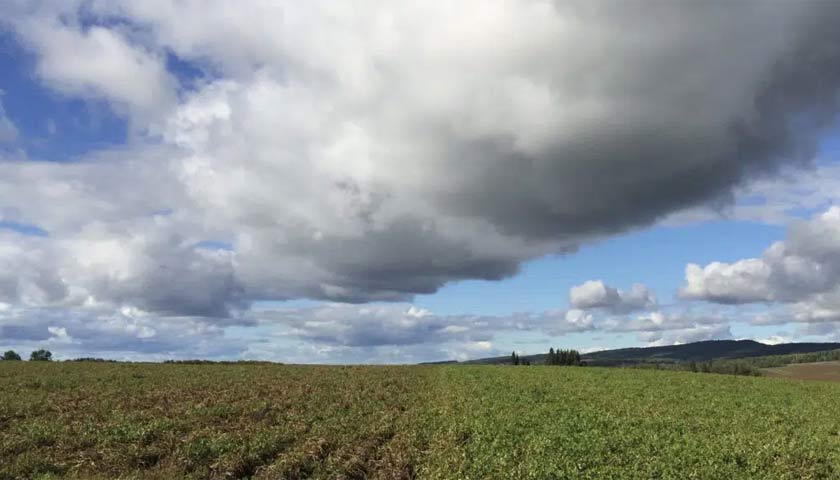
The California Department of Pesticide Regulation (CDPR) recently reported the results of a study conducted in Stanislaus County on air concentrations of three soil fumigants. No measurements exceeded 4% of the regulatory threshold, meaning there was no impact from the application of these fumigants.
Read More













